Chess is not just a game; it is a rich tapestry woven with historical, intellectual, and cultural threads. This globally beloved strategy game has deep roots, spreading through continents and evolving over centuries. The origins of chess are intriguing, as it embodies a mix of military strategy, mathematical precision, and artistic expression.
Early Beginnings
Most historians agree that the origins of chess can be traced back to the Indian subcontinent around the 6th century AD. The game evolved from an earlier game called 'Chaturanga', which was played on an 8x8 gridded board. Chaturanga is considered one of the earliest forms of chess, involving two opposing forces battling it out on a battlefield-like board. Each piece represented different types of fighting units, such as infantry, cavalry, elephantry, and chariotry, roughly corresponding to modern chess pieces like pawns, knights, bishops, and rooks.
Spread to Persia
From India, the game moved to Persia, where it became known as 'Shatranj'. The Persians made significant contributions to the game, notably the introduction of the word Shah, meaning king, which evolved into the term checkmate in English, reflecting the game's climax when the king is under threat. Another Persian contribution was the idea of 'Baidaq', the foot soldier, which evolved into the modern pawn.
Adaptations in the Islamic World
After the Islamic conquest of Persia, chess spread rapidly across the Arab world. The Muslims carried the game to North Africa, Spain, and eventually Southern Europe. In the Islamic world, chess was used both as a tool for strategic thinking in military training and as a leisure activity among the elite. The game underwent several modifications; for instance, the religiously inclined reframed the abstract representation of pieces to avoid the depiction of living forms, adhering to Islamic aniconism.
Medieval Europe
In medieval Europe, chess became a staple of noble culture. It was not just a game but also a symbol of chivalry and the art of war. During this era, the pieces gradually attained their modern powers, with perhaps the most significant change being the enhancement of the queen's movements during the 15th century, mirroring the rise of powerful queens in Europe during this time. The game became so embedded in culture that it was sometimes used to resolve disputes among nobility.
Standardization in the 19th Century
As the popularity of chess spread, the need for standardization became evident. The first official rules for chess were codified during the 19th century, with the establishment of the first modern chess tournament held in London in 1851. This period also saw the birth of competitive chess, and with it, the formulation of strategies and opening theories that continue to evolve to this day.
The Role of Chess in Modern Times
Today, chess is recognized not only as a game of intellect and strategy but also as a means to improve cognitive abilities and decision-making skills. It is taught in schools around the world and has numerous robust international competitions, most notably the World Chess Championship. The digital era has transformed the game, making it more accessible than ever with online platforms allowing players from different continents to play in real-time, learn from each other, and continue to evolve the game of chess.
From ancient India to modern international chess tournaments, the game of chess has come a long way, crossing geographical, cultural, and social boundaries. It remains a testament to human intelligence and creativity, a common language spoken across the myriad diversities of global cultures.
Explore our large collection of luxurious chess sets!


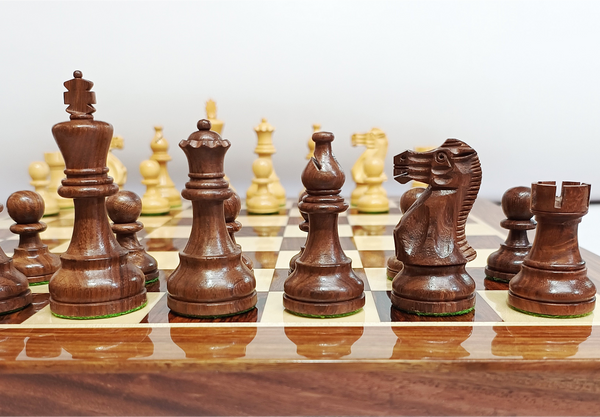
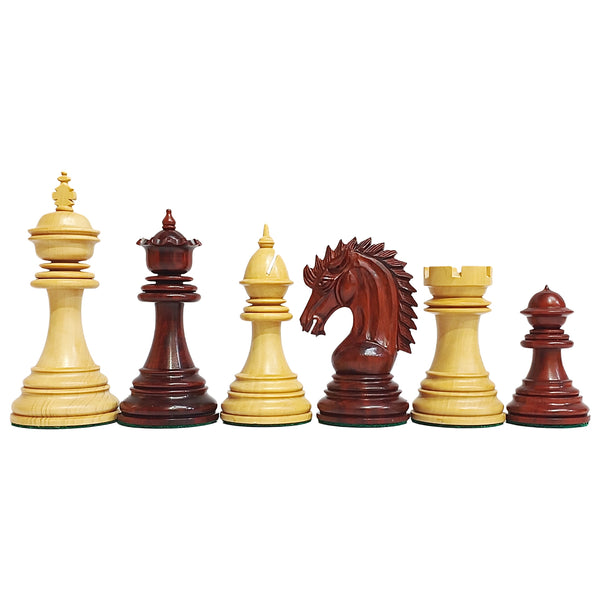
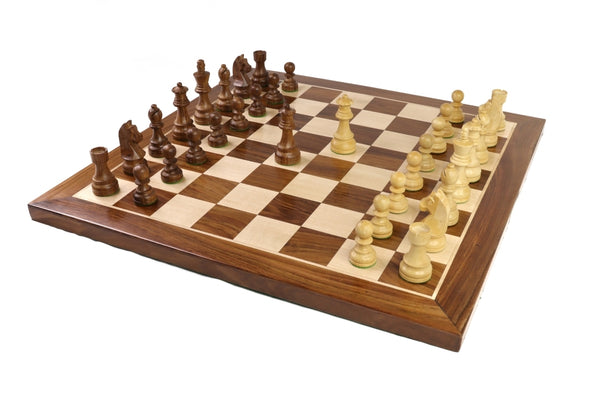
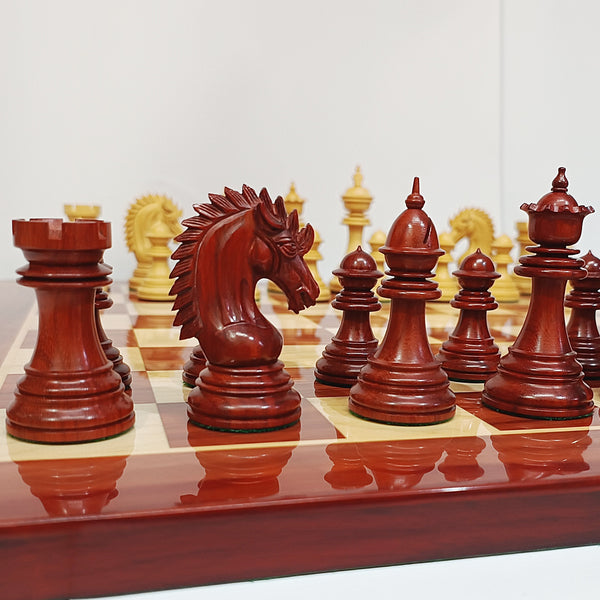
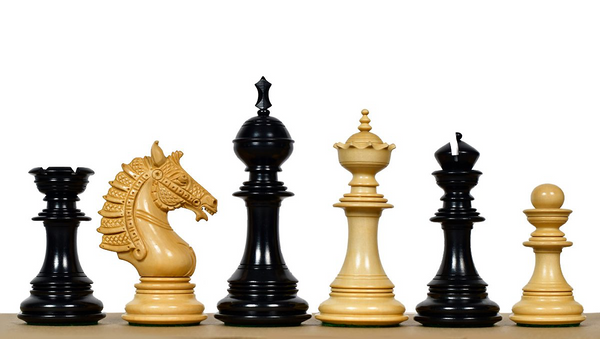
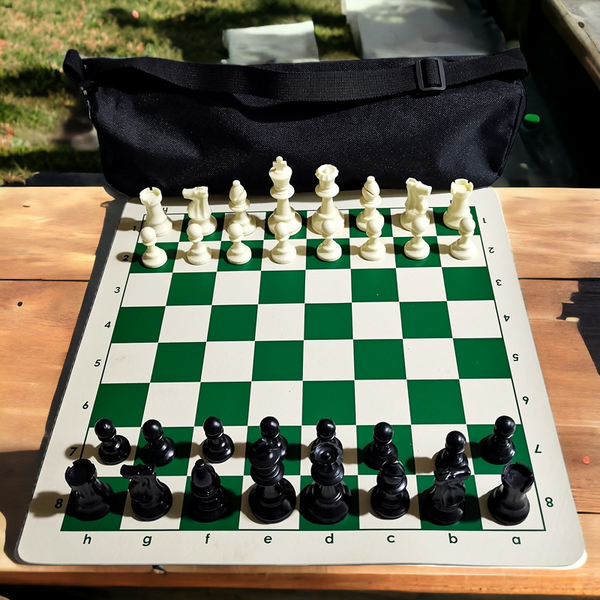







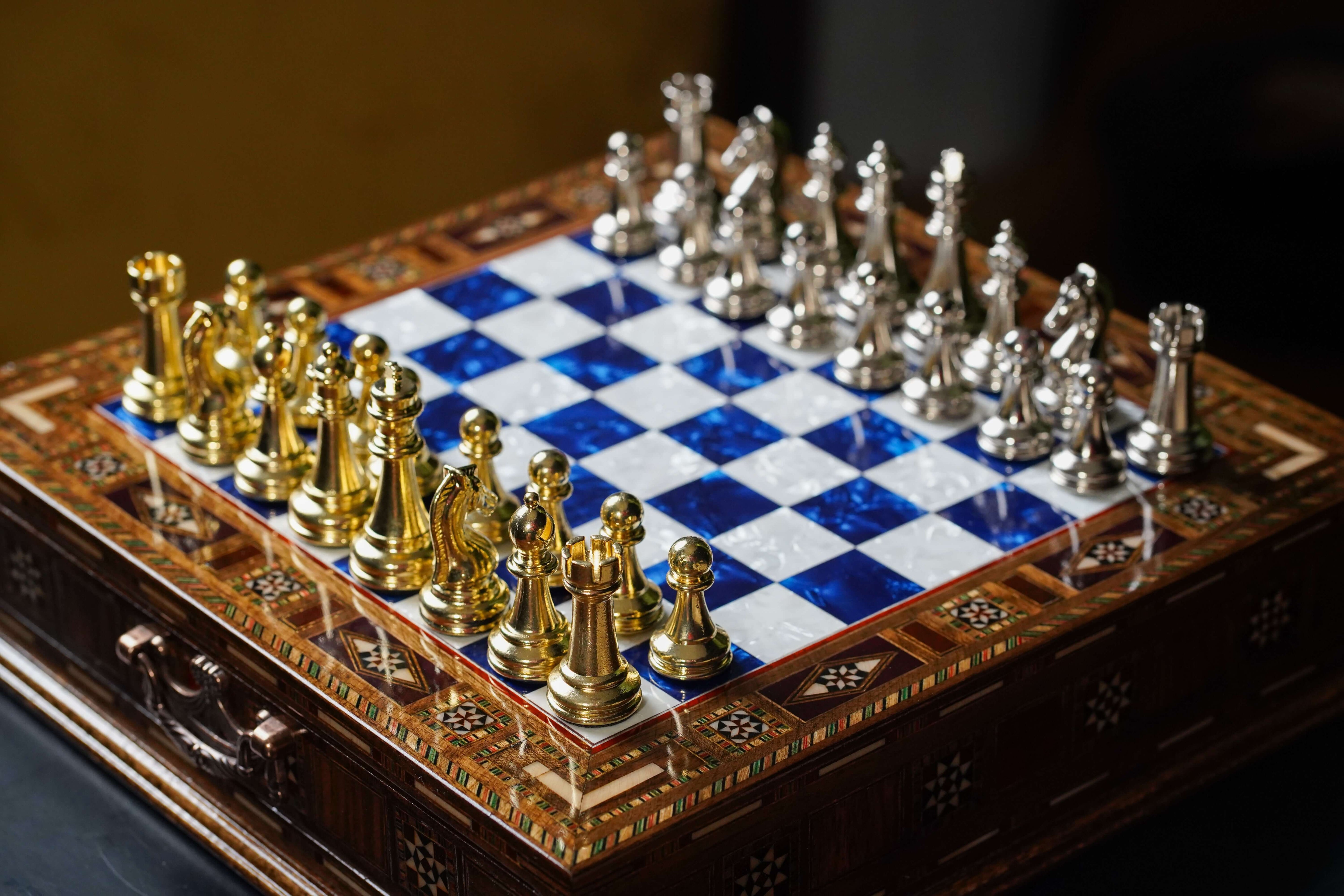
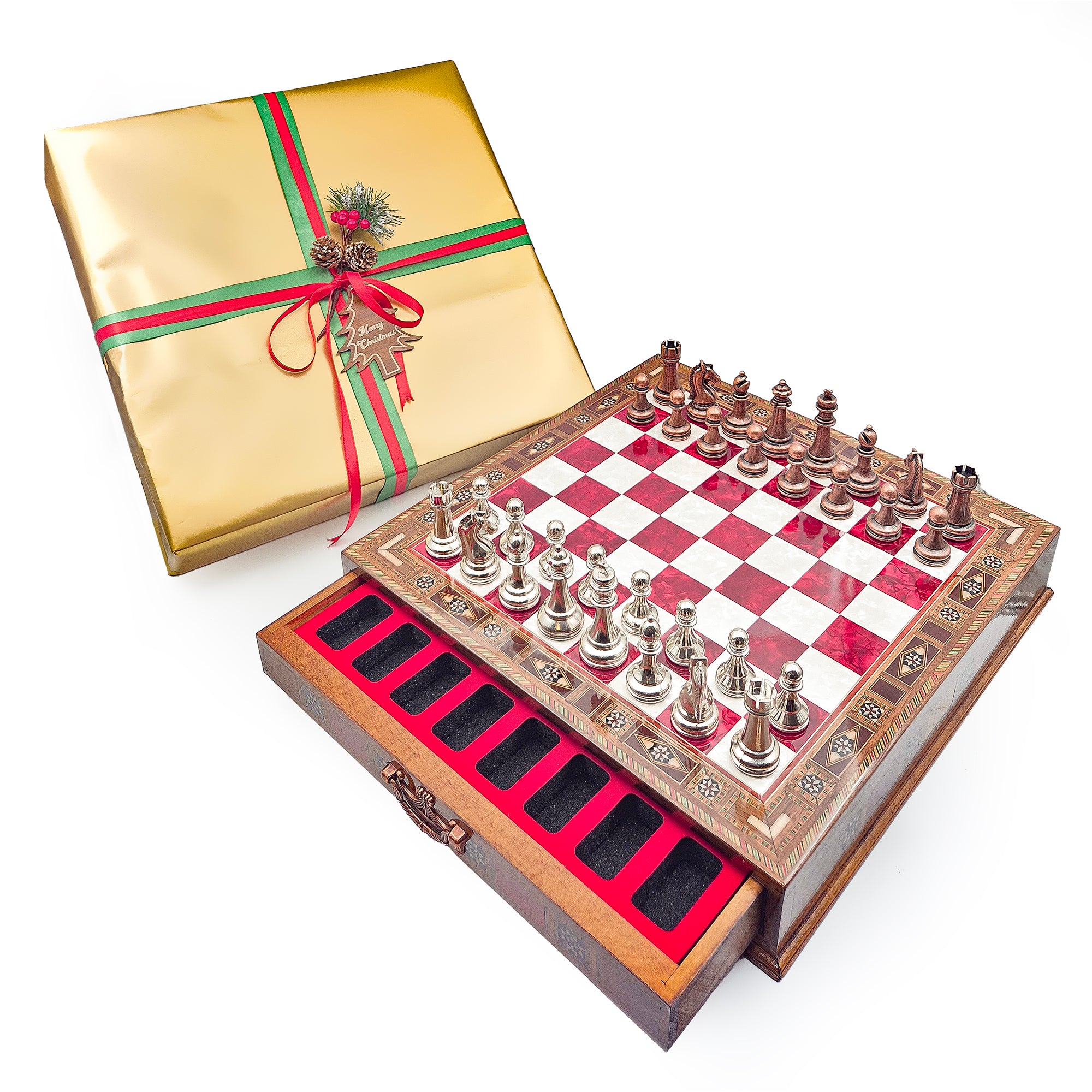
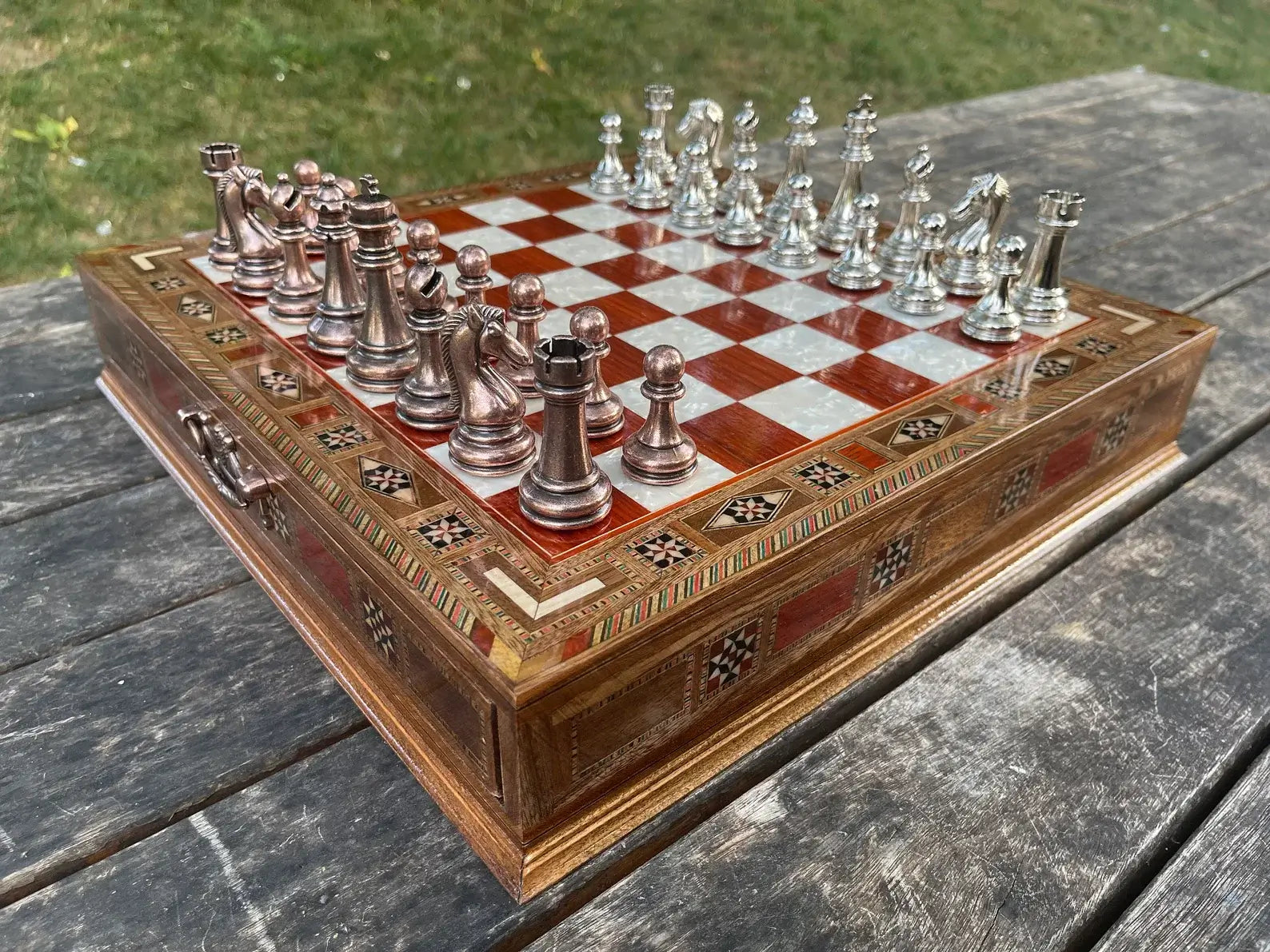
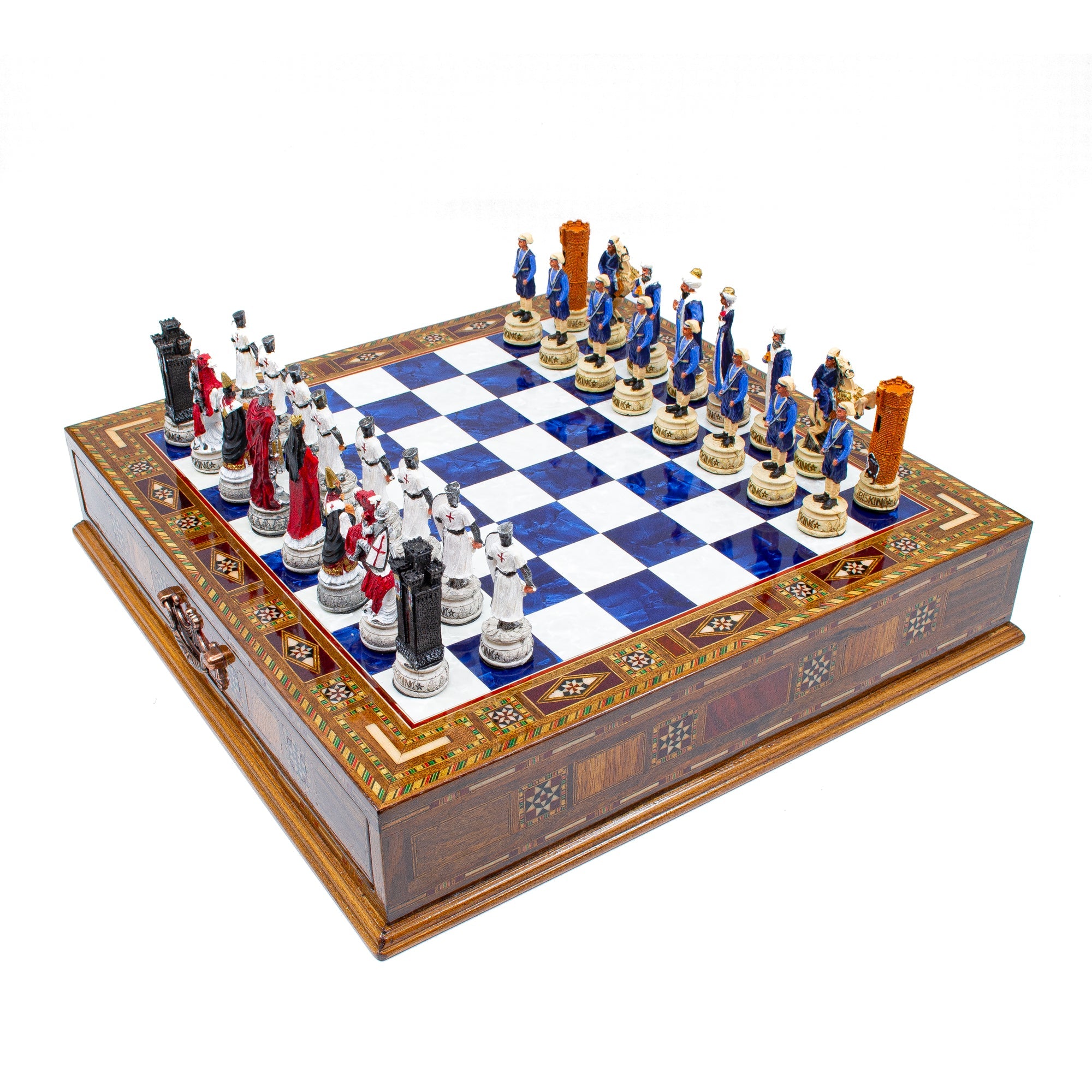
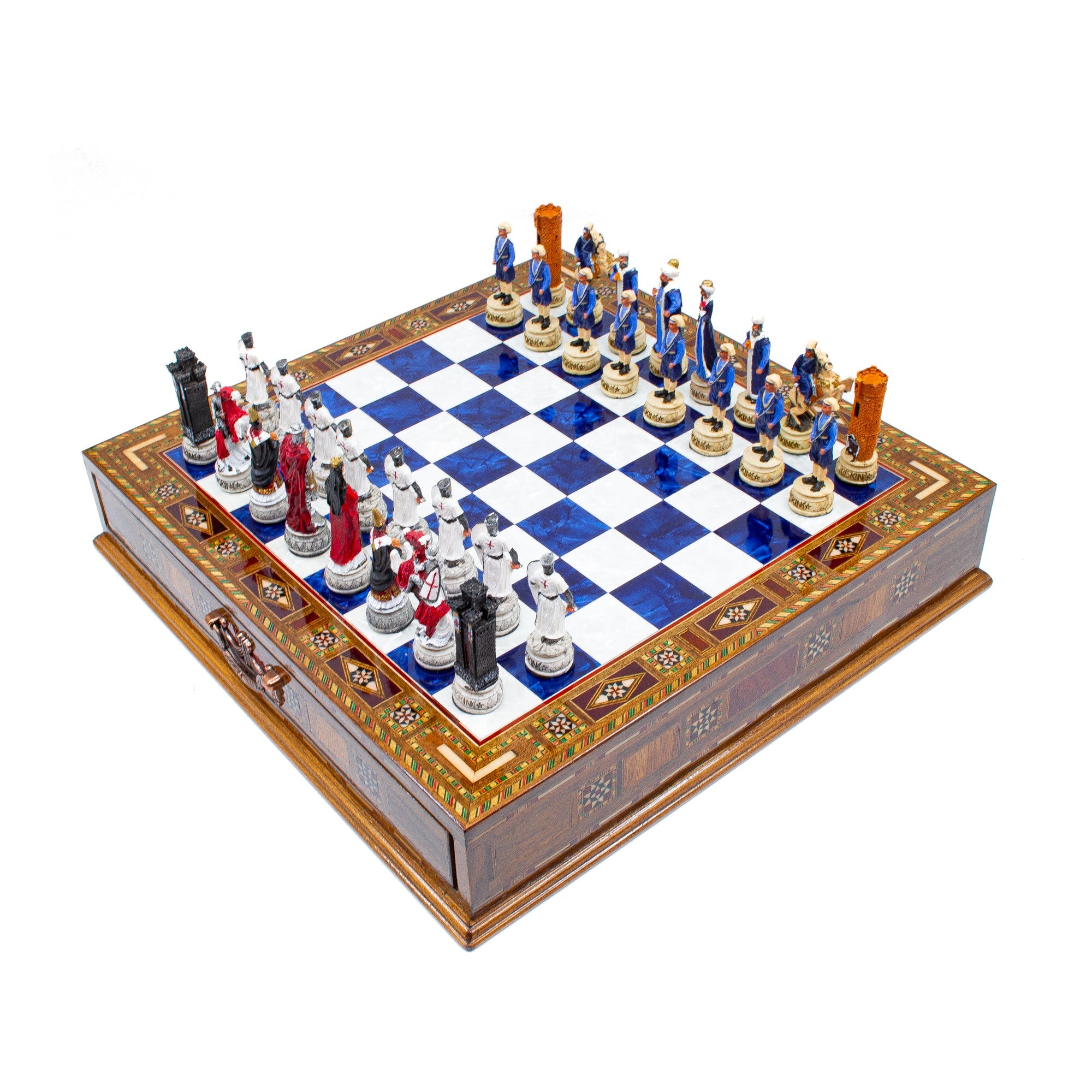
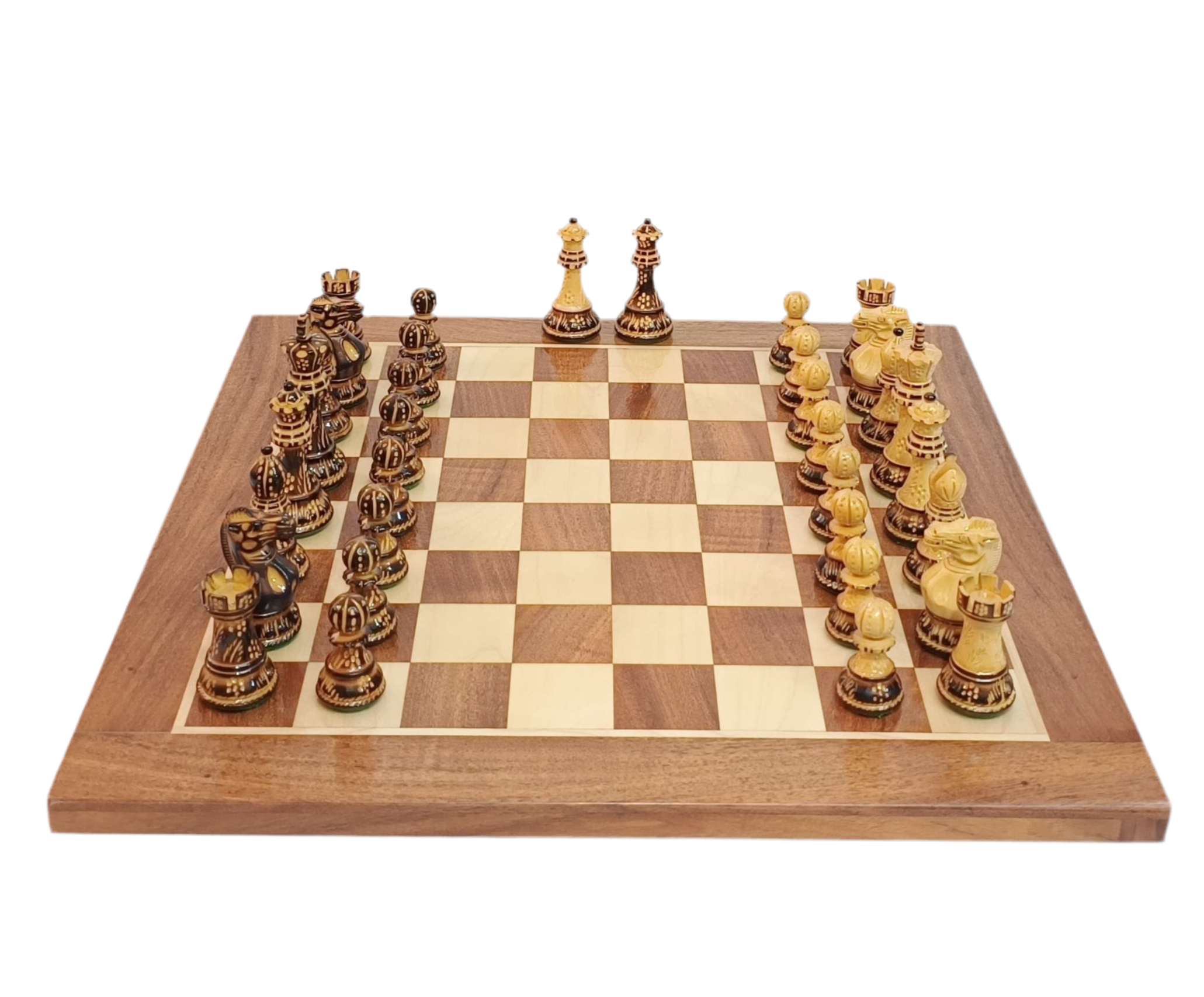
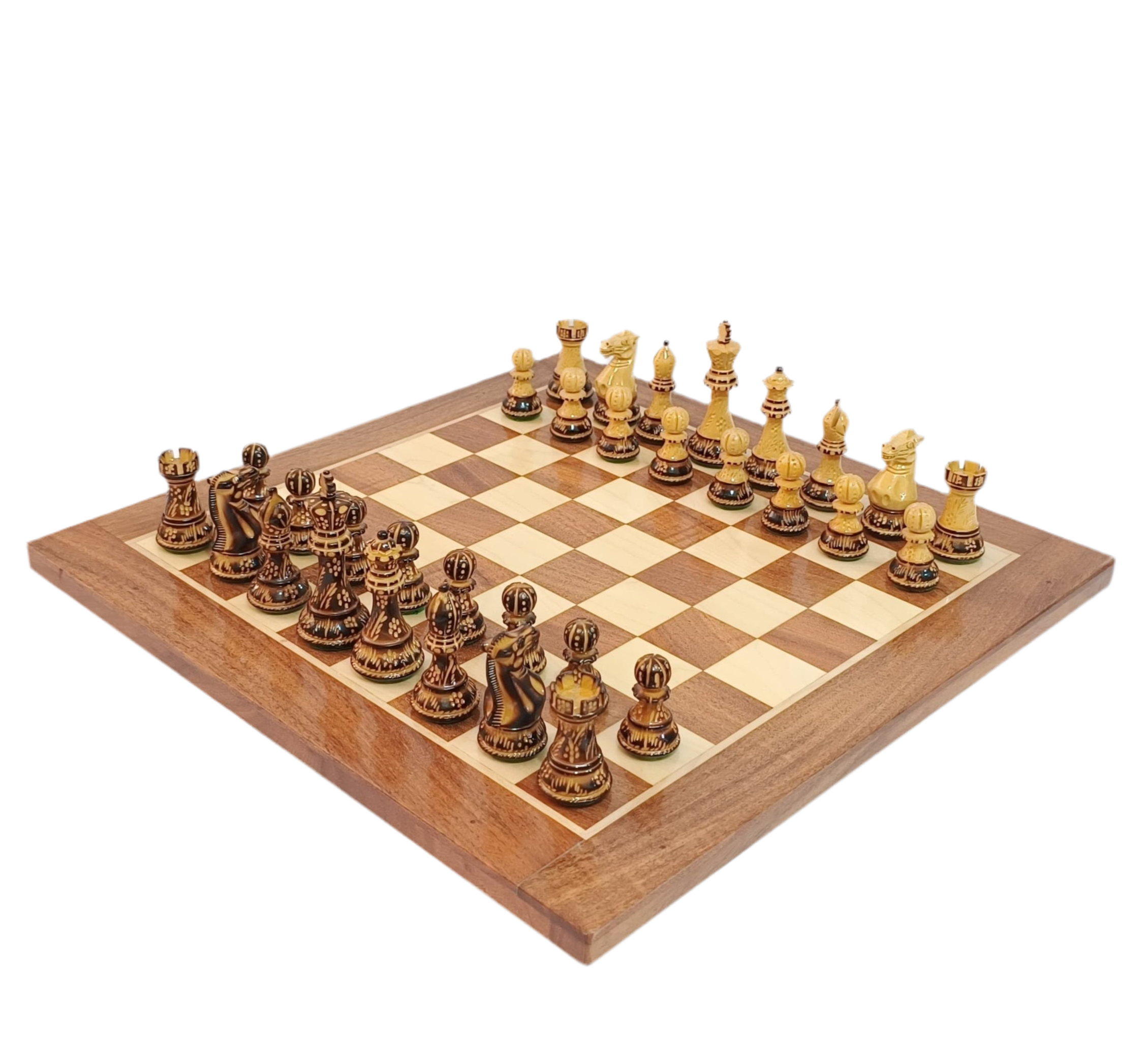
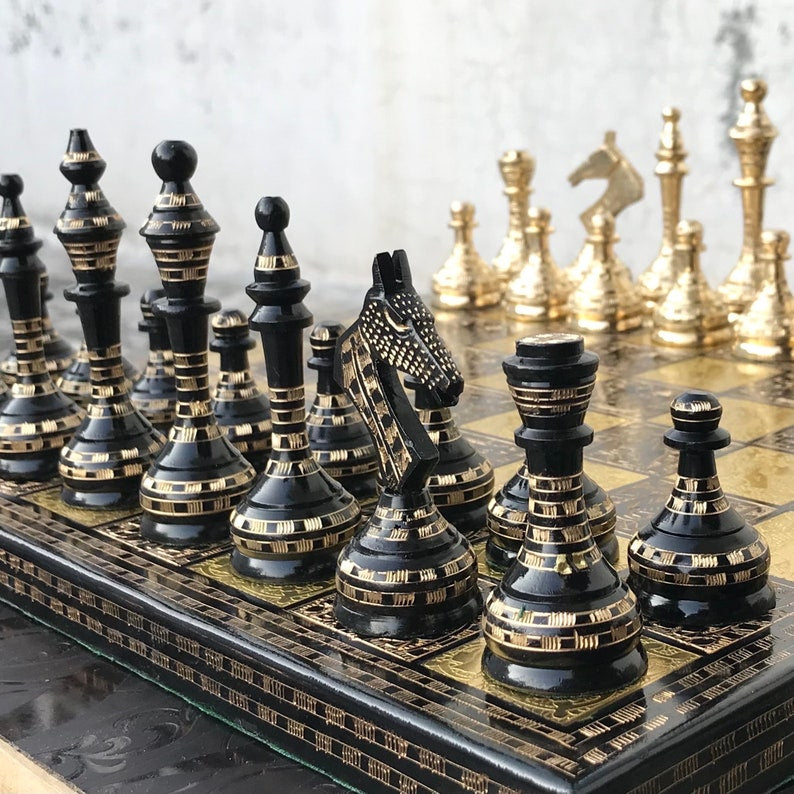
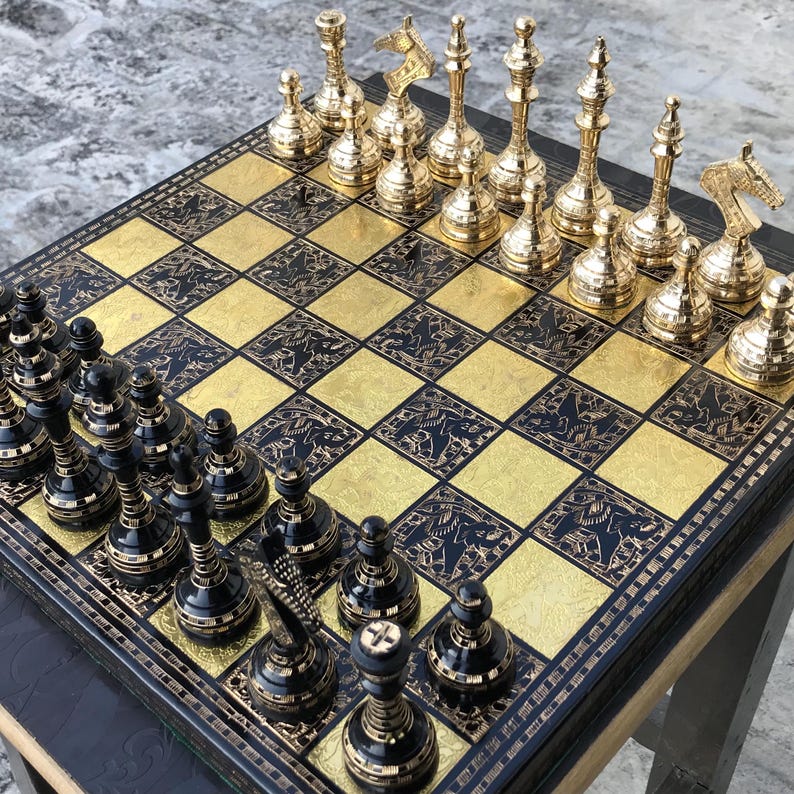
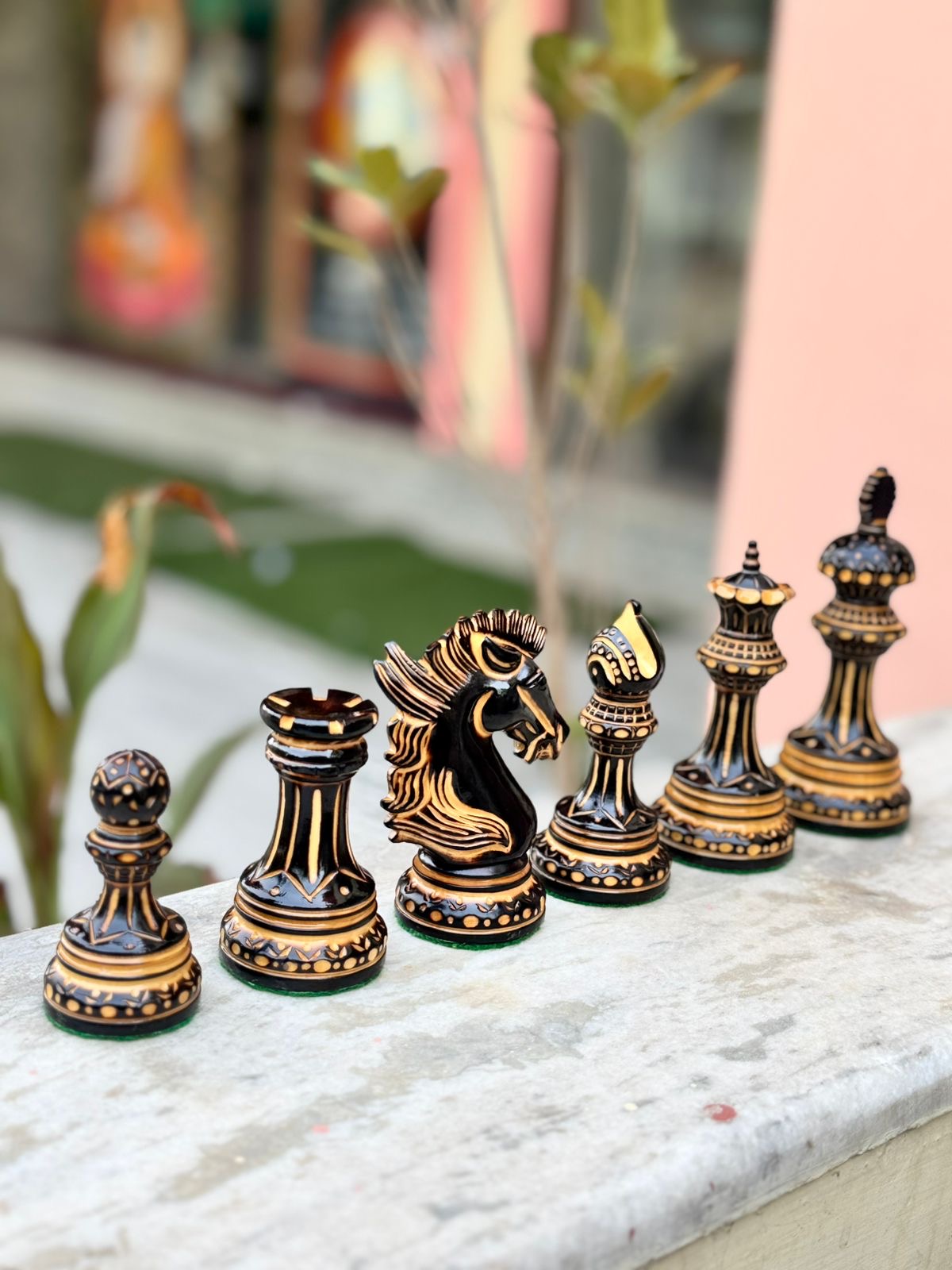

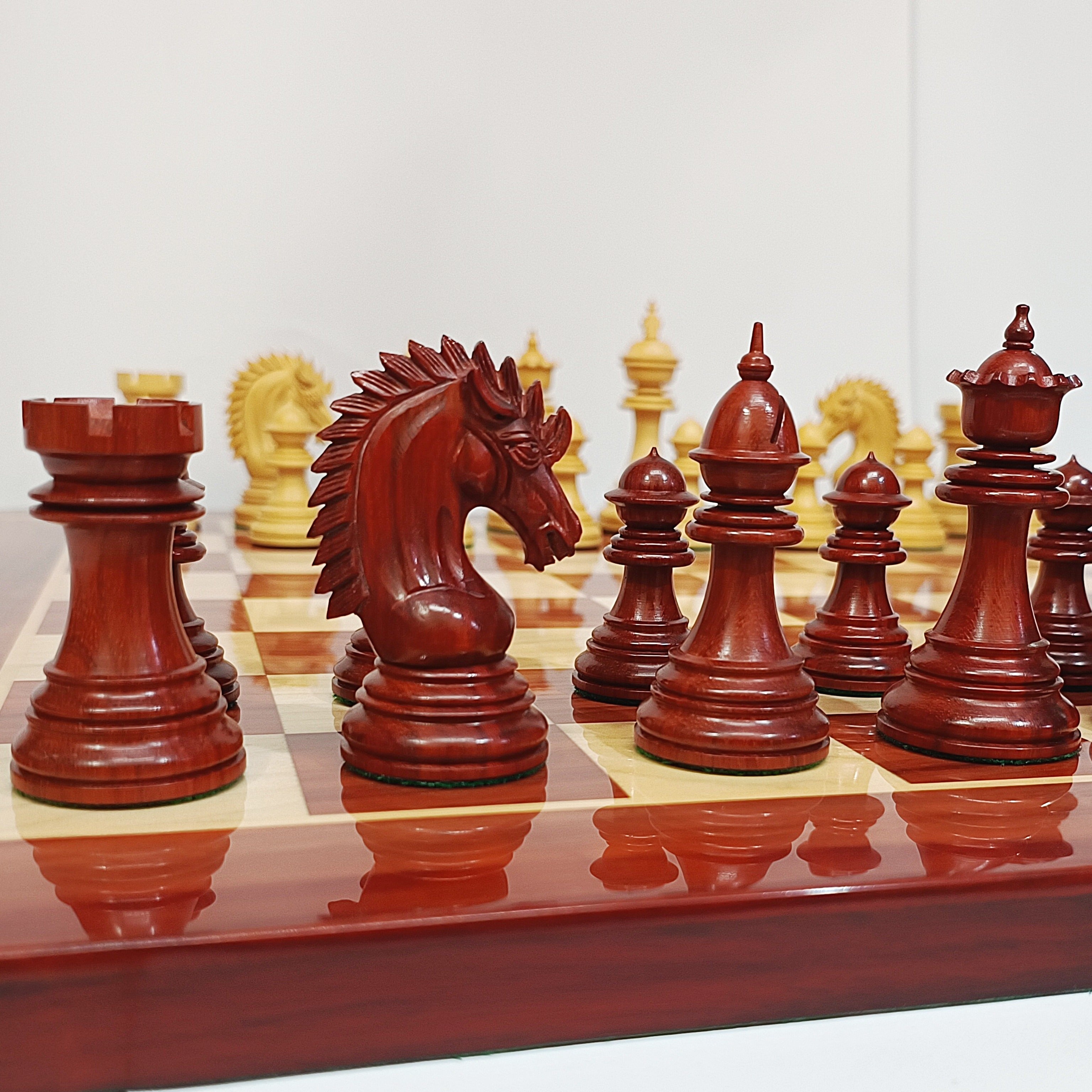
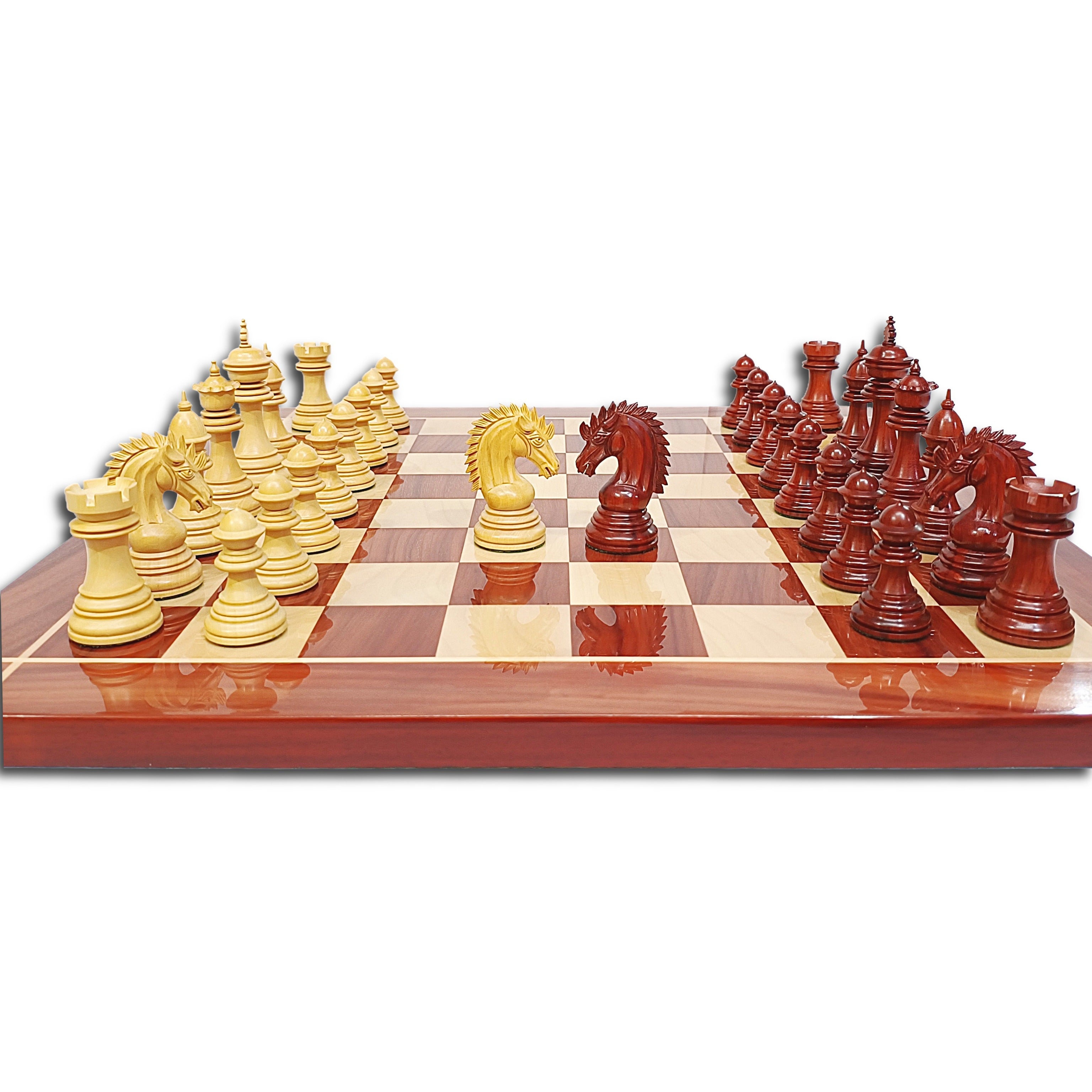

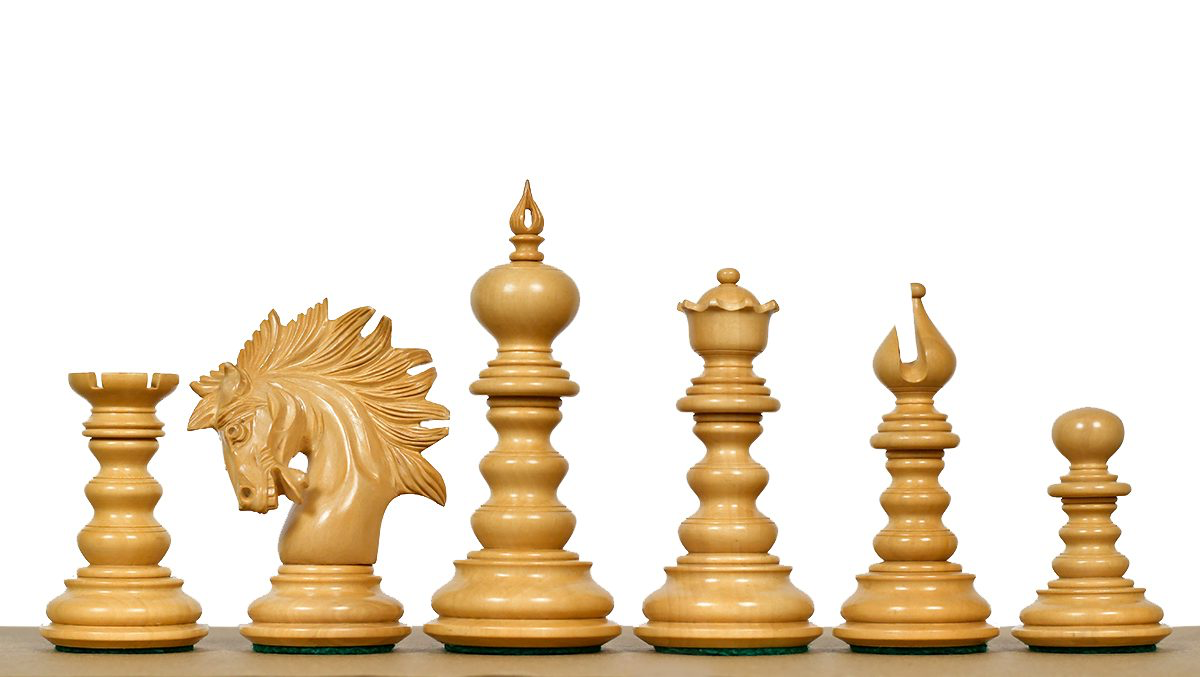
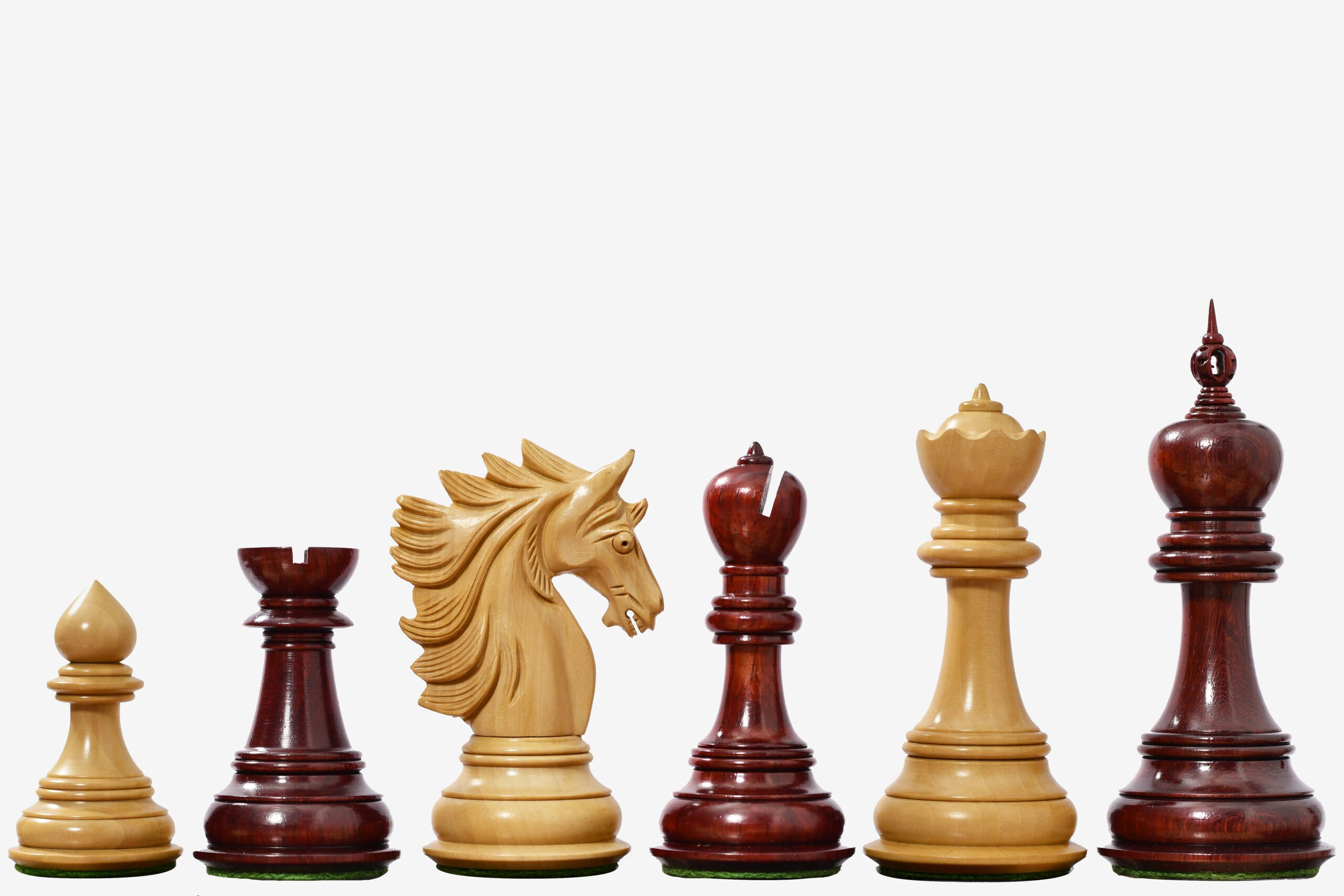
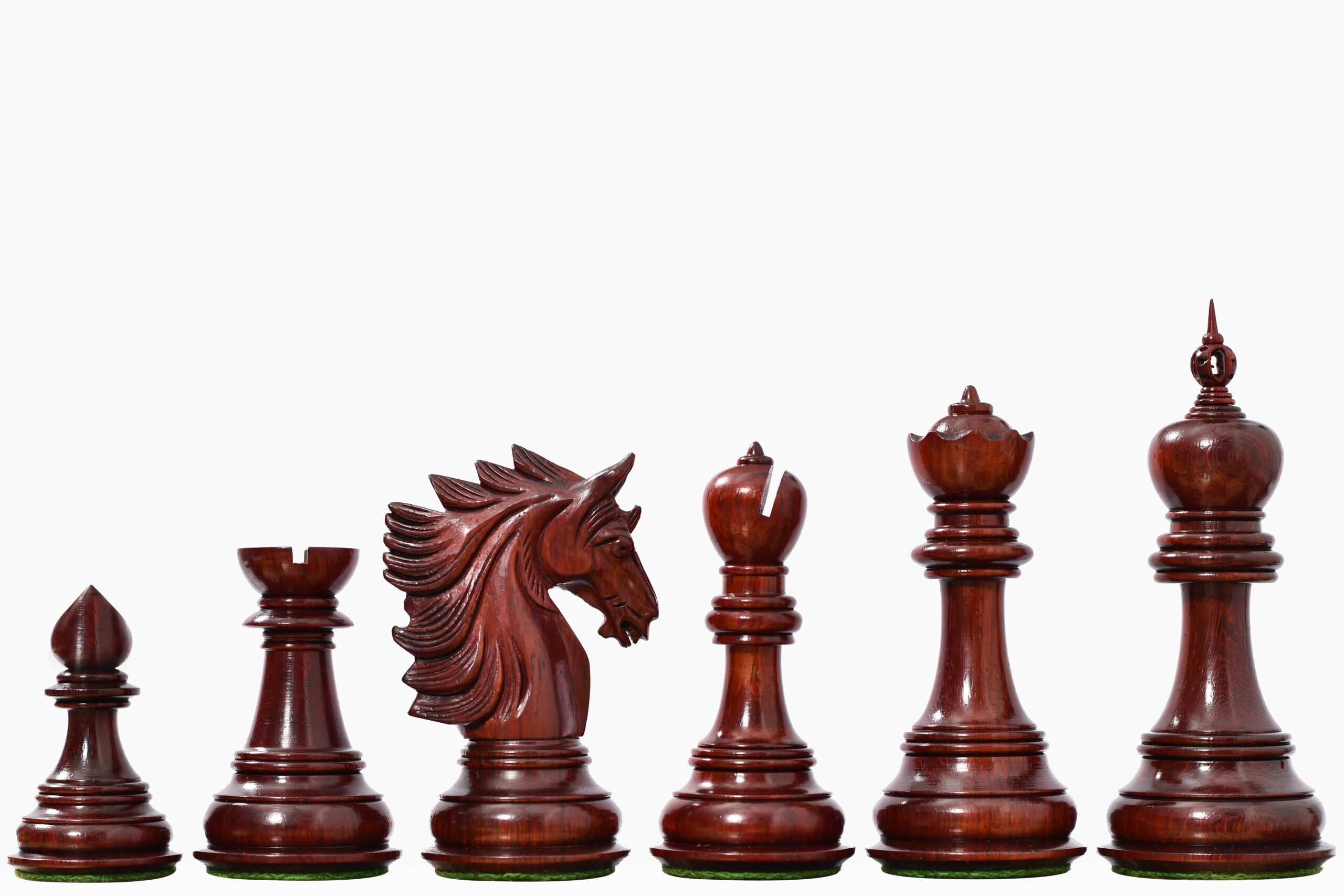
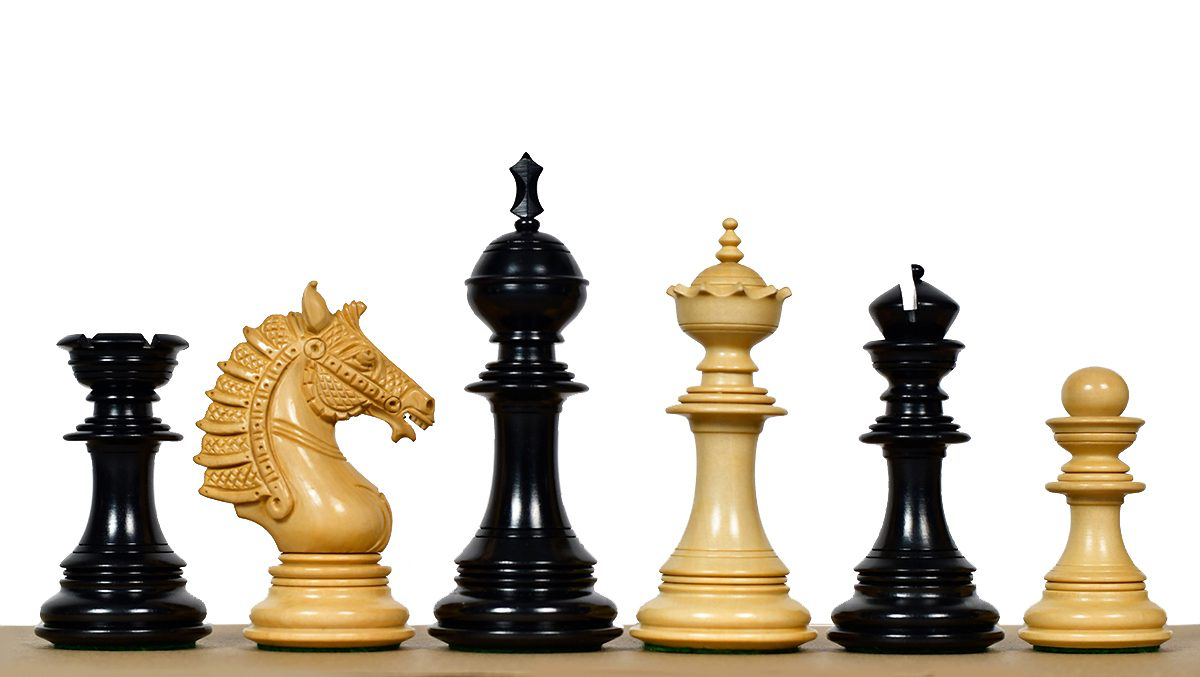
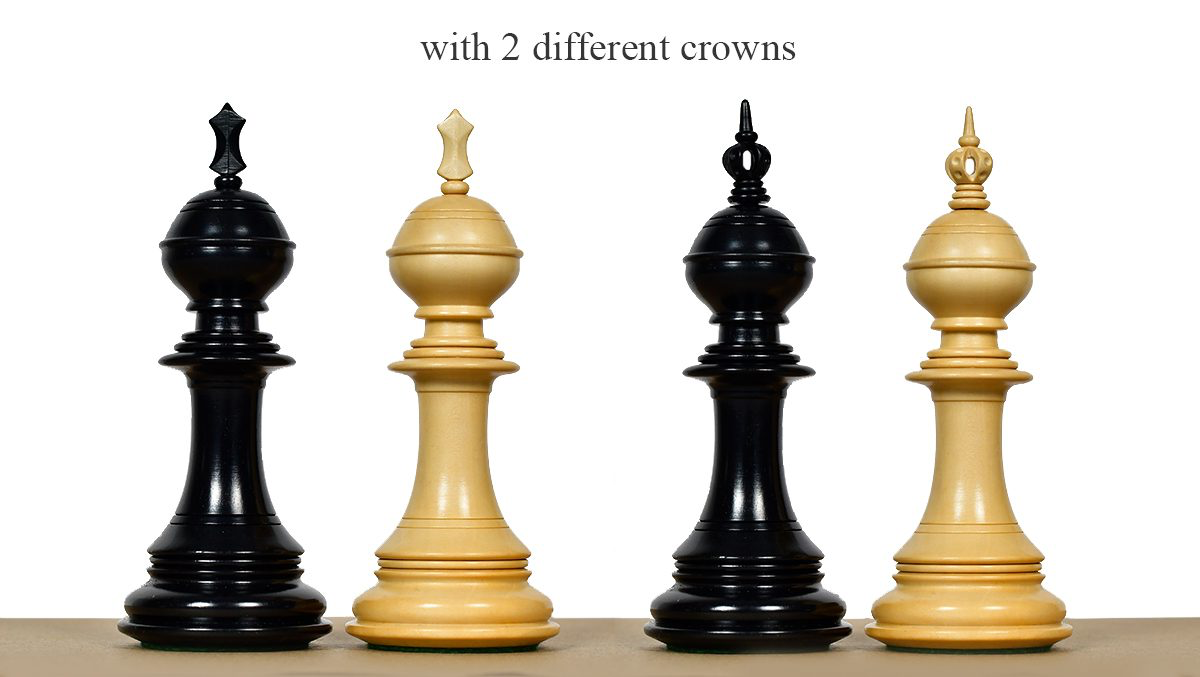
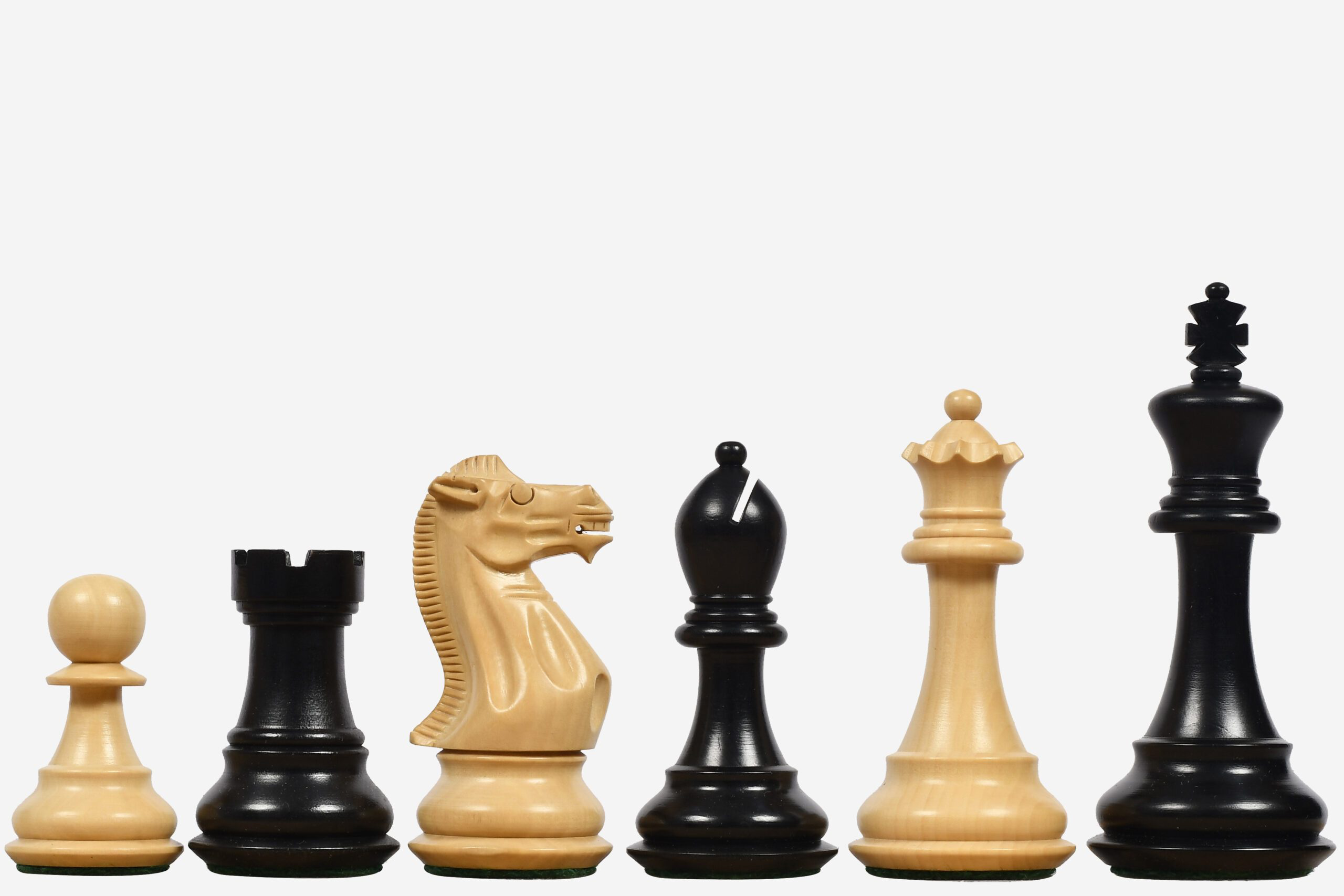
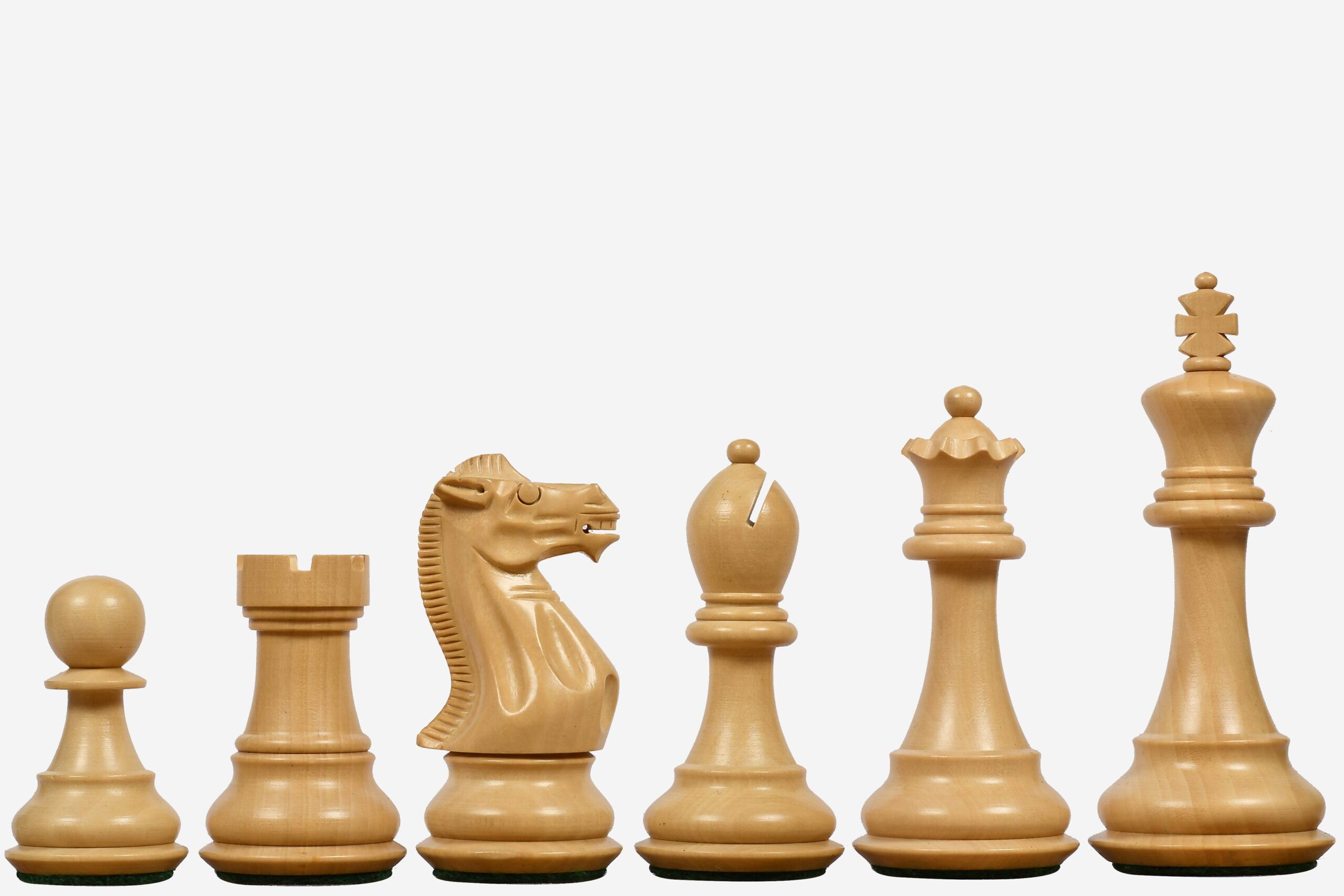
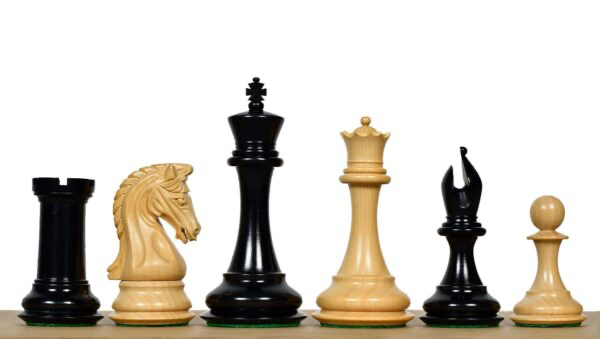
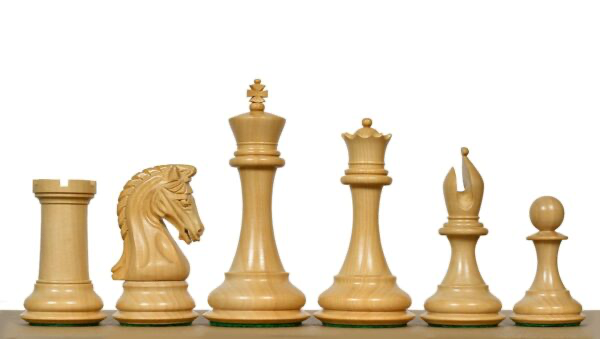
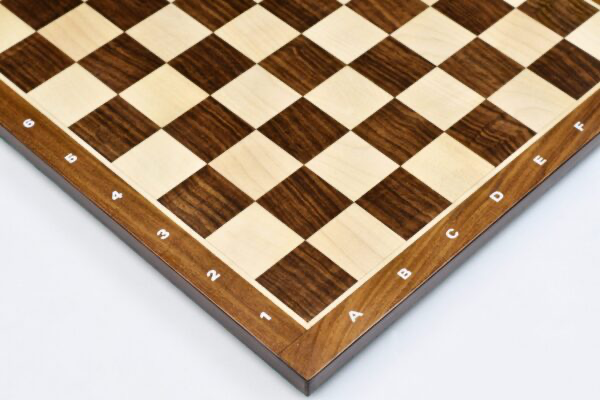
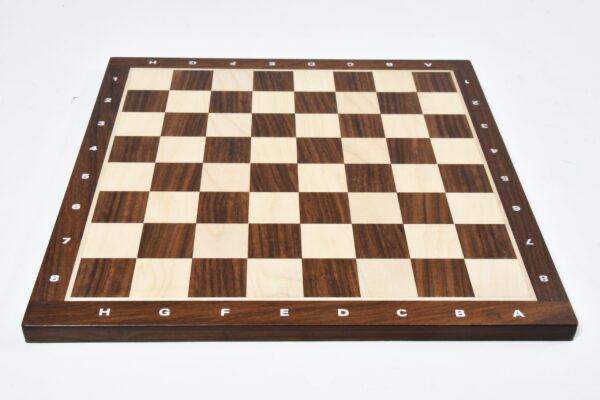
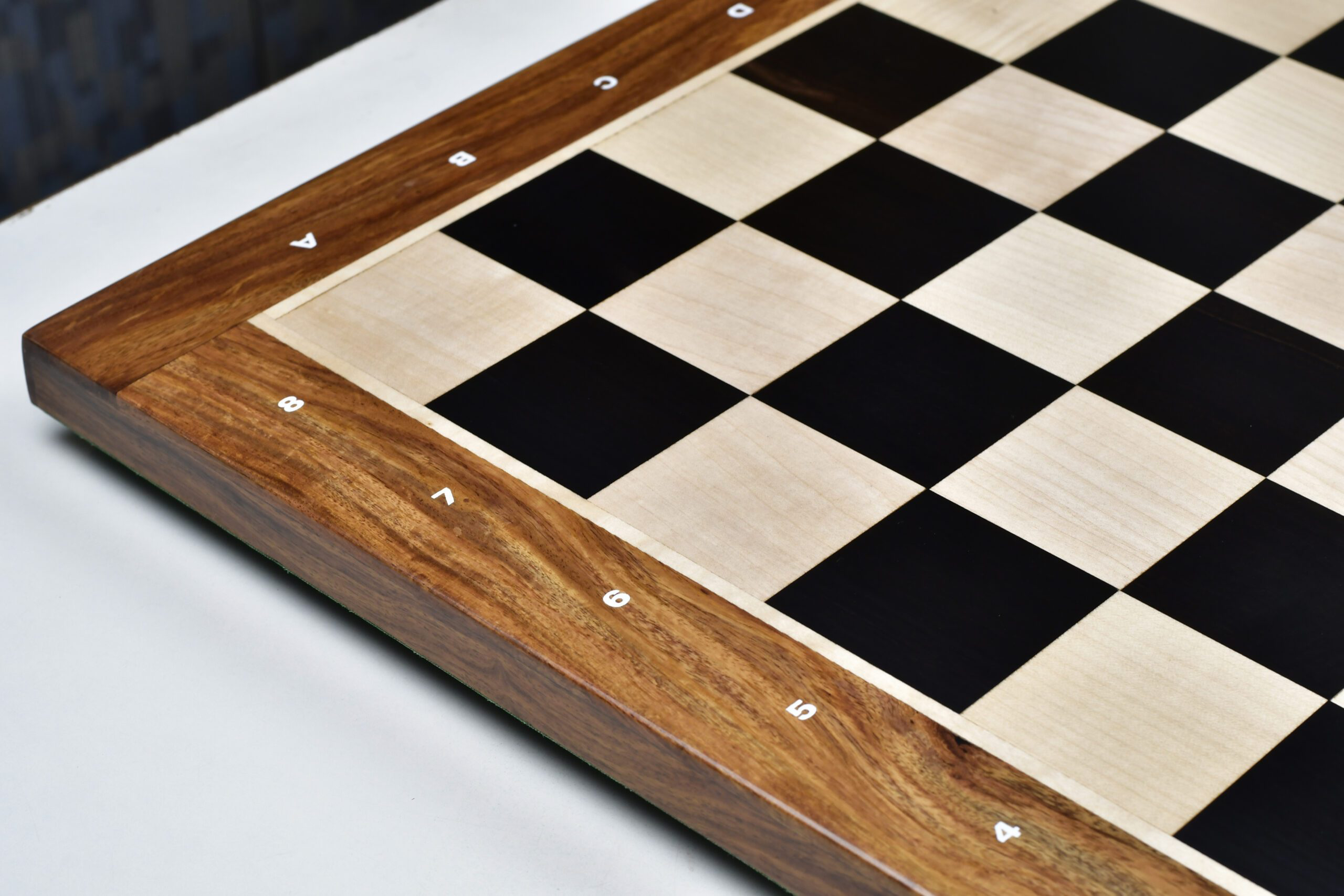
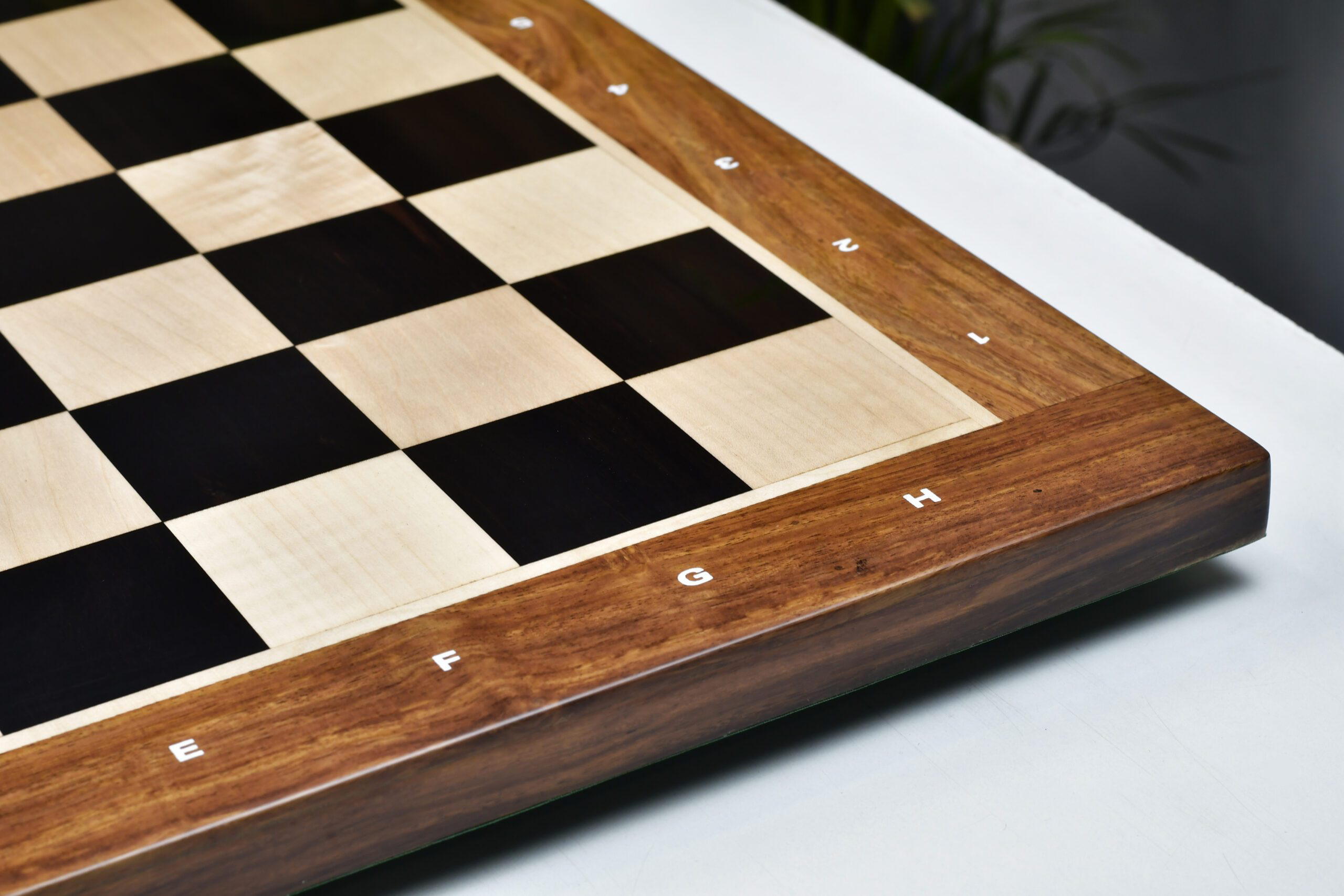


Leave a comment
All comments are moderated before being published.
This site is protected by hCaptcha and the hCaptcha Privacy Policy and Terms of Service apply.